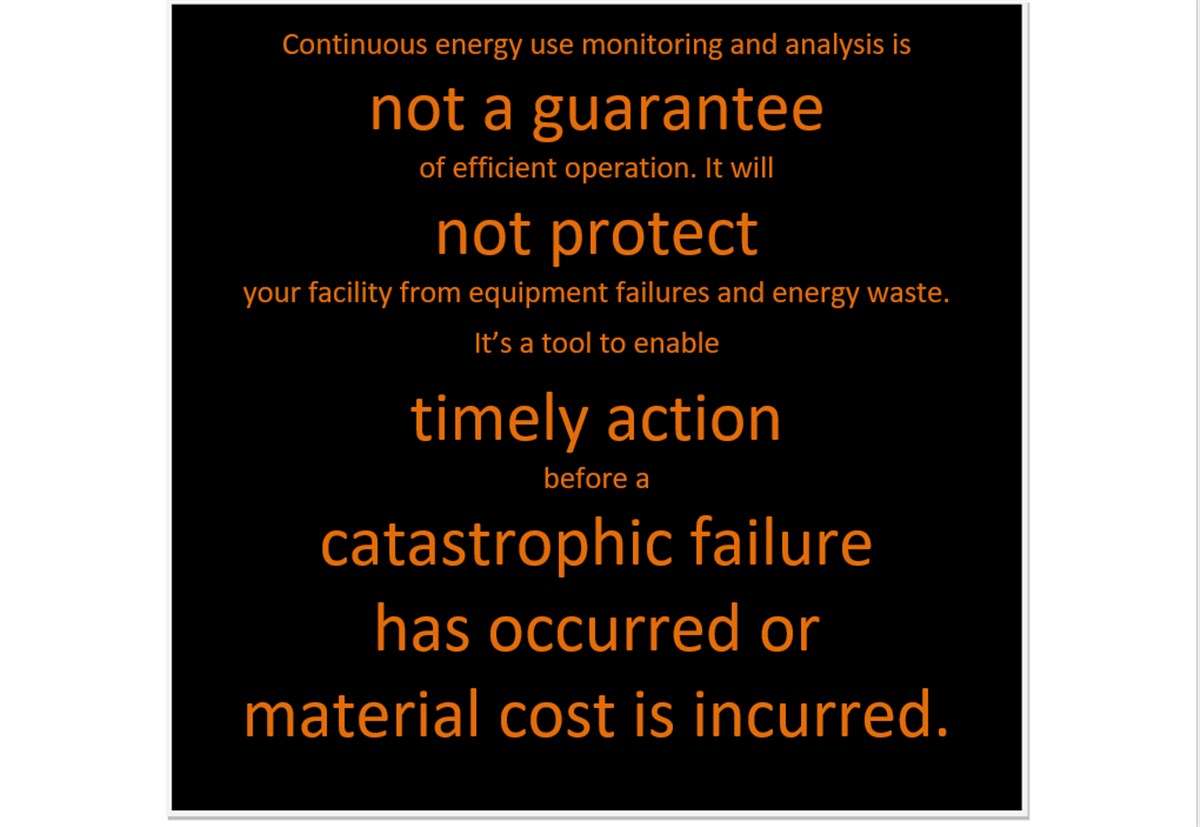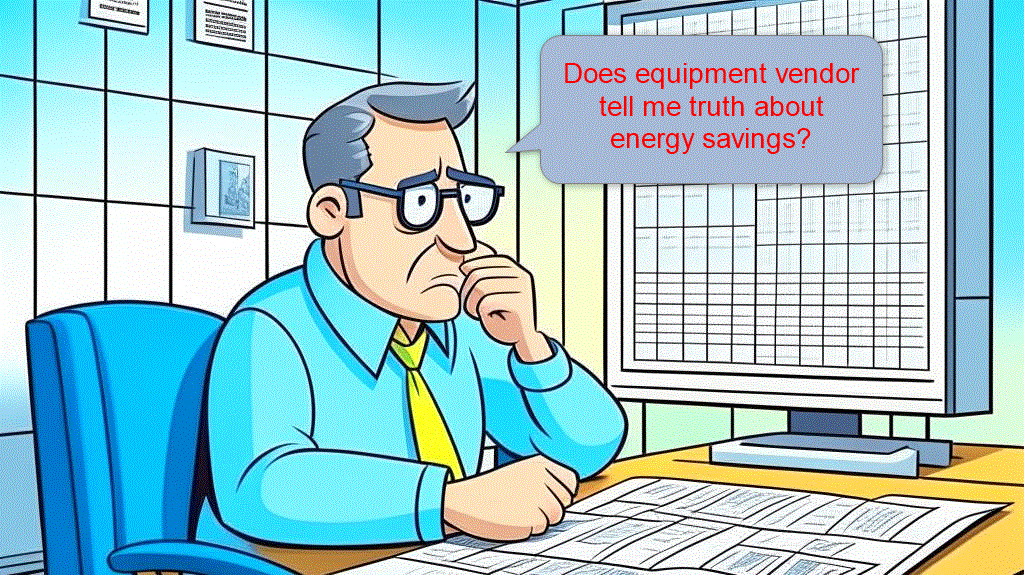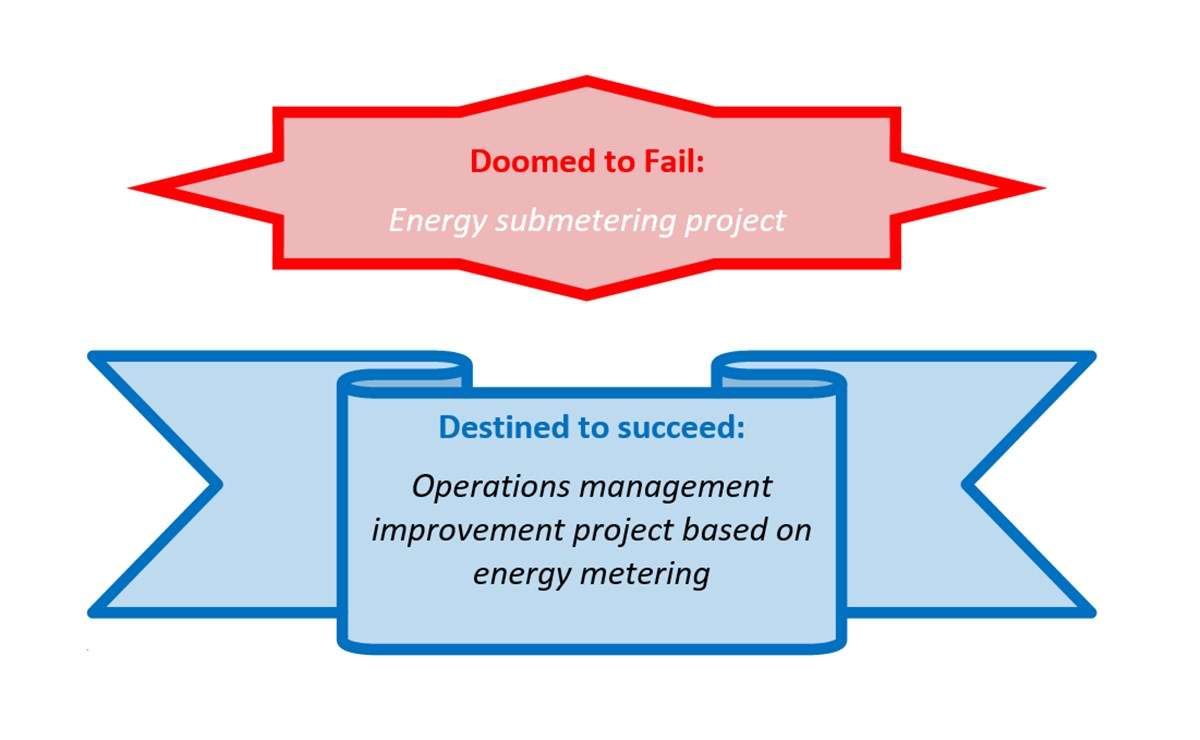Energy audit requires metered data. At least if client expects results that can be presented in the boardroom, not just general considerations. On the other hand, installation of meters takes time and money. On the third hand, if I had one, incentives on installation of meters are only available within M&T framework, which can logically come into play only after projects are identified during audit.
The best solution I see in Ontario is – start with audit done with temp meters and consider permanent meters only when requirements to them are clarified based on projects chosen for implementation.
Here are several arguments to support this position:
- Until audit is started it is unclear what exactly will have to be metered to produce best audit results. Metering points will be determined through audit process.
- Audit meters use simple CTs, which are cheap to install and de-install. No point in trying to save installation costs
- M&T project is only valuable if it is integrated with actual projects, supports them with information. These projects are to be identified through audit.
- Maintenance manager should not be charged with the task of determining which meters and where are to be installed before audit, because no necessary information is available to make this decision.
For more considerations about role of metering in energy efficiency projects see earlier posts:
More energy data may not benefit business – and what does
How can an energy manager travel in time and space to impress CFO?
Why energy managers are not valued in the boardroom and How to change this







[…] Which has to come first: Energy metering or Energy Audit? […]
[…] Which has to come first energy metering or energy audit […]